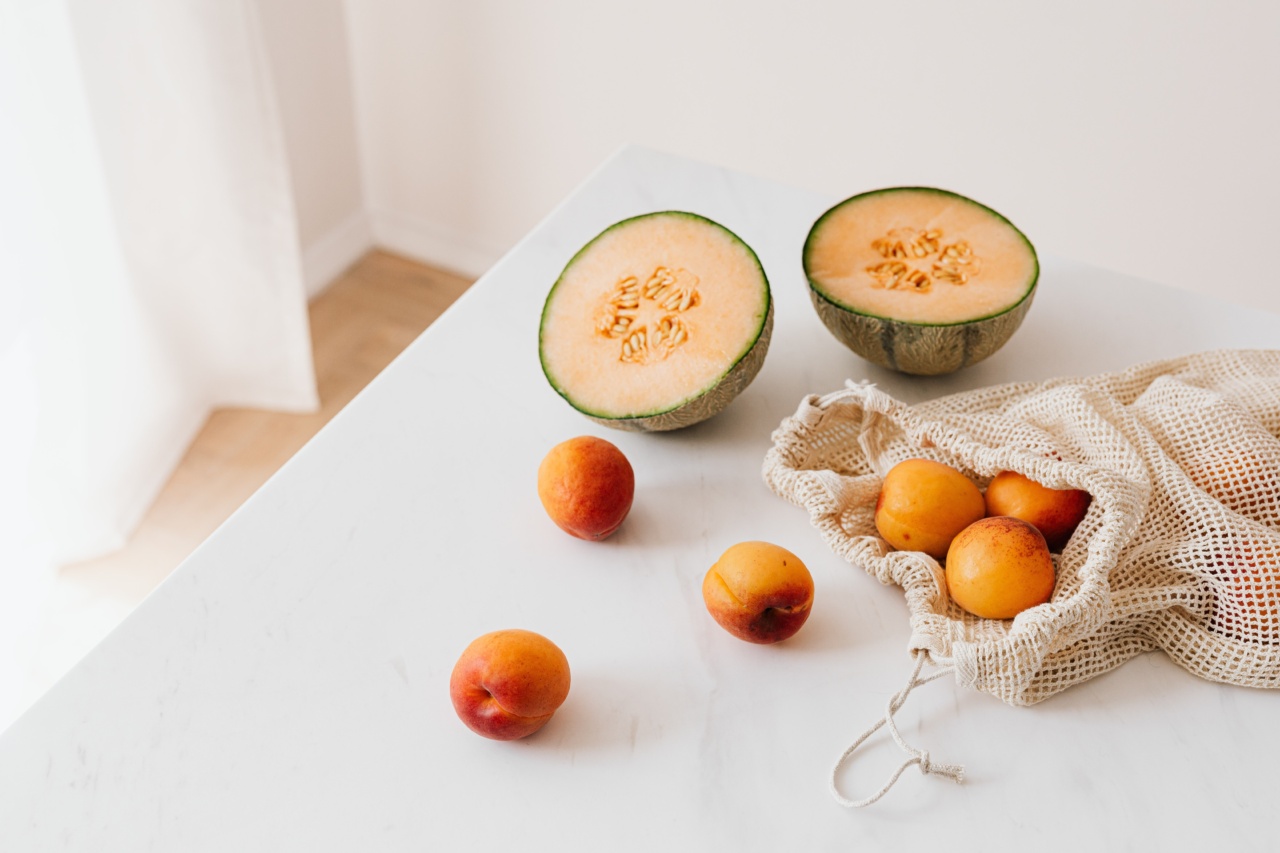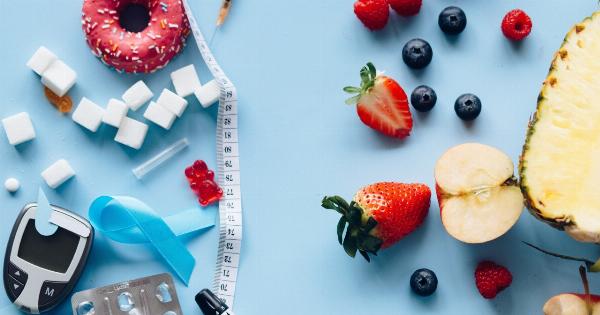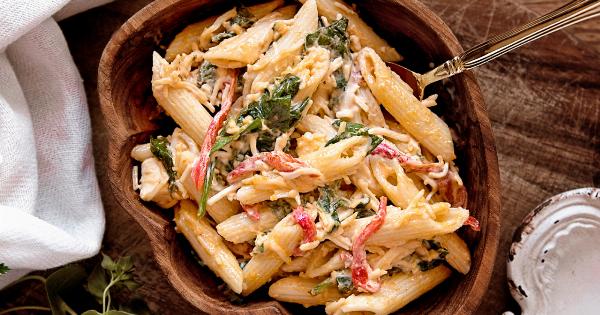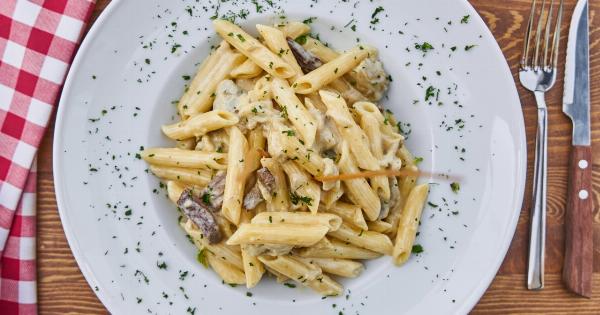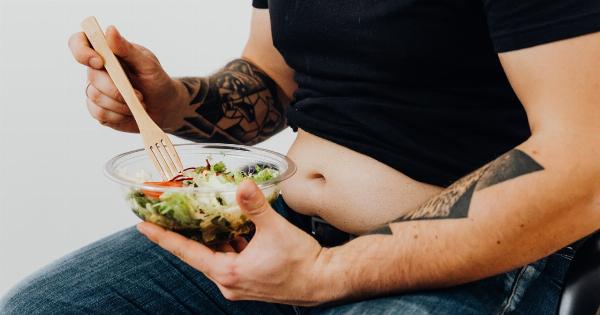Diabetes is a chronic disease that occurs when the body is unable to produce or use insulin properly. Insulin is a hormone that helps regulate the amount of glucose or sugar in the blood.
When a person has diabetes, their blood sugar levels can rise to dangerous levels, which can lead to serious health complications.
Fruits are an essential part of a healthy diet, but for people with diabetes, certain fruits might impact their blood sugar levels. Understanding which fruits are safe for people with diabetes to eat can help them manage their disease successfully.
Fruits Low in Sugar
Fruits that are low in sugar are ideal for people with diabetes. They can help stabilize blood sugar levels without causing a spike. Here are some of the best options:.
1. Berries
Blueberries, strawberries, raspberries, and blackberries are all low in sugar and high in fiber, making them an excellent choice for people with diabetes. They can be eaten alone as a snack or added to smoothies or yogurt.
2. Peaches
Peaches are a sweet and juicy fruit that contains very little sugar. They are also a good source of vitamin C, which can help boost the immune system and prevent infections.
3. Apples
Apples are a great source of fiber and have a low glycemic index, which means they won’t cause a rapid spike in blood sugar levels. Eating apples with the skin on can also provide beneficial antioxidants.
4. Kiwi
Kiwi is a unique and flavorful fruit that is low in sugar and high in vitamin C. It also contains potassium, which can help regulate blood pressure.
Fruits to Enjoy in Moderation
Some fruits are higher in natural sugars and should be eaten in moderation by people with diabetes. Here are a few examples:.
1. Bananas
Bananas are a good source of fiber, potassium, and vitamin C, but they also contain a lot of sugar. If you’re going to eat a banana, choose one that is ripe but still slightly green.
2. Grapes
Grapes are sweet and delicious, but they are also high in sugar. Keep your serving size small and pair them with a protein-rich food like nuts or cheese to help slow down the absorption of sugar into the bloodstream.
3. Mango
Mango is a tropical fruit that is high in sugar and should be eaten in moderation. One cup of sliced mango contains nearly 24 grams of sugar, which is about as much as a candy bar!.
4. Pineapple
Pineapple is a juicy and sweet fruit that is high in sugar. However, it is also a good source of vitamin C and bromelain, an enzyme that can help aid digestion.
Eat pineapple in moderation and pair it with a protein-rich food to help balance your blood sugar levels.
The Importance of Portion Control
Portion control is an essential aspect of a healthy diet, particularly for people with diabetes. Even fruits that are low in sugar can impact blood sugar levels if eaten in excessive quantities.
Here are some tips for practicing portion control with fruit:.
- Measure your servings with measuring cups or a food scale to ensure accuracy
- Eat fruit as a snack in between meals instead of with meals
- Pair fruit with a protein-rich food to help slow down the absorption of sugar into the bloodstream
- Avoid fruit juice, which is high in sugar and contains little to no fiber
The Bottom Line
Diabetes-friendly fruits are those that are low in sugar and high in fiber. Berries, peaches, apples, and kiwi are all great options. Fruits like bananas, grapes, mango, and pineapple should be eaten in moderation.
Remember to practice portion control and pair fruit with a protein-rich food to help stabilize blood sugar levels.
